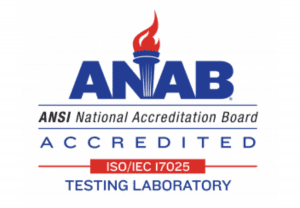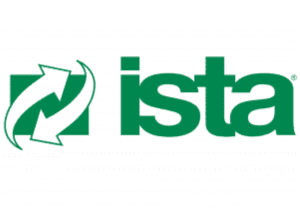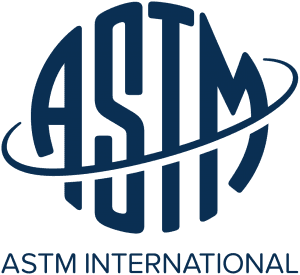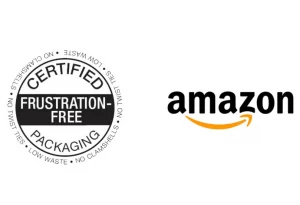Testing Standard:
TAPPI T839 Edgewise Compressive Strength of Corrugated Fiberboard Using the Clamp Method (Short Column Test) or TAPPI T839 Edge Compression Test
Standard Number
TAPPI T839
Standard Title
Edgewise Compressive Strength of Corrugated Fiberboard Clamp Method (Short Column Test), Test Method
Overview of TAPPI T839 Edge Compression Test:
TAPPI T839 Test Method details the method of obtaining the maximum compression strength measurement perpendicular to the flute axis of corrugated fiberboard. The TAPPI T839 standard is a test method that evaluates the edge compression strength of corrugated boards. This test assesses the ability of the corrugated board to resist edge compression forces that may occur during the handling and transportation of the packed products.
During the test, a sample of the corrugated board is clamped between two plates with an overhang of 10 mm on either side. A compressive load is applied at an angle of 90 degrees to the edge of the sample until it reaches a specified deflection. The sample is then tested in both the machine and cross-machine directions.
The results of the test indicate the maximum force required to achieve a specified deflection of the edge of the sample. The edge compression strength is expressed in pounds-force per inch (lbf/in) or kilo-Newtons per meter (kN/m).
The TAPPI T839 test method is commonly used in the packaging industry to evaluate the quality of corrugated boxes and board products. It helps to ensure that the packaging materials are robust enough to protect the products during transit and storage. TAPPI T839 utilizes a spring support clamp fixture to reduce edge rolling of the material during testing. Purple Diamond Testing offers TAPPI T839 Edgewise Compressive Strength of Corrugated Fiberboard Clamp Method (Short Column Test) as part of our packaging compliance and validation services.
Rationale of TAPPI T839 Edge Compression Test:
TAPPI T839 – Edgewise Compressive Strength of Corrugated Fiberboard Clamp Method (Short Column Test).
The test is conducted using a universal testing machine with a compression platen that applies a load perpendicular to the edge of the corrugated board sample. The sample is placed in a clamp fixture that keeps the edges of the sample perpendicular to the applied load during testing. The test is performed on a single sheet of corrugated board or a sandwich panel with two outer linerboard sheets and a corrugated medium between them. The corrugated medium can be of different flute types, such as A, B, C, or E flute. During the test, the sample is compressed at a constant rate until it reaches a predetermined failure criterion, such as a certain percentage of deformation or load drop. The maximum load sustained by the sample is recorded, and the edge compression strength (ECT) is calculated as the maximum load divided by the width of the sample.
The ECT value is a measure of the stacking strength of a corrugated structure. It reflects the ability of a box to resist crushing and maintain its shape when subjected to compressive forces during storage and transportation. The TAPPI T839 standard for Edge Compression Test (ECT) – Clamp Method provides detailed procedures for conducting the test, including sample preparation, clamping, and testing conditions. It is widely used in the paper and packaging industry to ensure the quality and performance of corrugated fiberboard products. Data collected can be used along with flexural stiffness and box dimensions to accurately predict the overall top to bottom compression strength of corrugated boxes. Utilizing a clamp fixture reduces the potential of edge rolling of the linerboards during testing. The max force to cause compressive failure is recorded as the ECT value.
Key Points:
- Critical to validating material selection during box design
- Verifies strength of corrugated boxes according to Box Maker's Certificate (BMC)
- Consider TAPPI T838 ECT (Neckdown Method) for materials that exhibit excessive edge rolling during other ECT methods such as TAPPI T811 (Wax Dip) or TAPPI T839 (Clamp)
Related Standards:
- ISO 3037 – Corrugated Fiberboard – Determination of Edgewise Crush Resistance (Unwaxed Edge Method)
- TAPPI T811 – Edgewise Compressive Strength of Corrugated Fiberboard (Short Column Test)
Request a Quote
"*" indicates required fields
Accreditations



Affiliations
Looking for a Packaging Partner?
Whether you’re looking for a team of experts to engineer your new packaging product for optimal sustainability, or seeking a team who can ensure your products stay safe and secure during transport, Purple Diamond can help.




